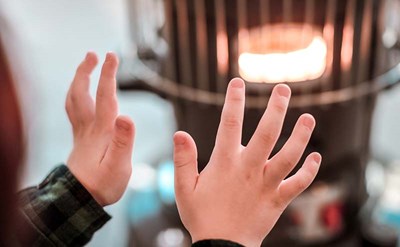Do you need to worry about volcanic eruptions? The short answer is no, but you do have to be prepared when you're in an area with active volcanoes.
Some Hawaiian volcanos are active – eruptions can cause death and destruction, albeit infrequently. In 1790, Madame Pele exploded with fury and reports detail that about 200 Hawaiian soldiers were killed, making it the deadliest recorded volcanic eruption in what is now the United States. The notorious eruption of Mt. Saint Helen’s in Washington state killed 57 people in 1980.
Hawaiian volcanoes are generally known for being more docile, which historically allows spectators to peer over an edge at the natural wonder of a bubbling caldera. An eruption is not likely to be explosive, but it can happen. Historical evidence points to a massive explosion of Kilauea more than 1000 years ago that dumped up to 30 feet of ash miles away.
While the view is awe-inspiring and usually great for your Instagram feed, it is very important to be mindful of all of the rules designed to facilitate safe viewing. Currently, it is against the law to get too close.
Some of the most prevalent health risks, like contaminated air, are the hardest to see. Less visible does not mean less important.
When molten lava hits the ocean, it creates a pollutant called “laze,” hydrochloric acid with microscopic particles of glass. Fortunately, laze is only found in the immediate vicinity where lava and ocean meet. Laze can cause eye, skin or lung irritation.
More health problems are caused by what we refer to here as “vog,” the smog produced by a volcano. Inhaling volcanic gases can cause choking or suffocation. The sulphur dioxide in the air is a chemical pulmonary irritant, visible as a haze in the air.
 American College of Emergency Physicians
American College of Emergency Physicians







